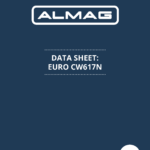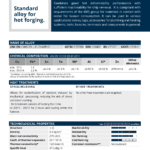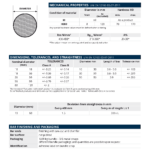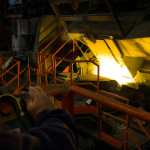 |
PARTNER no. 1/11 | 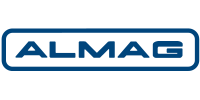 |
Pav. 8 Stand 01 |
| Company Name | ALMAG SPA Via Vittorio Emanuele II n. 39 – 25030 Roncadelle (Brescia) Italy Phone: +39 039 2789511 – Fax: +39 039 2789680 Website: www.almag.it/en/ Mail: almag@almag.it |
||
| Commodity Sector | 55.00 – brass | ||
| Company Profile | Almag S.p.A. (founded in 1946) is based in Roncadelle – in the province of Brescia – and is recognized among the European leaders for the production of brass rods. About 200 people work in its headquarters (an area of 110,000 square meters).
Through its major industrial processes (melting, extrusion and drawing), Almag manufactures a wide range of products, which place themselves among the best ones in Europe as far as their quality level is concerned. |
||
| Processing Step | BRASS ROD – raw material | ||
| Use | Brass is commonly perceived, even among technicians, as an alloy for architectural use, for its characteristic color and maybe because of its similarity to gold. Manufacturers of metal parts, for the most diverse areas of application, have often found that a specific cost-benefit analysis proves surprisingly that the higher cost of the raw material is more than offset by the cost of production, so that at the end a brass piece costs considerably less based on the same performance. Let’s look at the technological features and competitive advantages of this material, in comparison with other materials commonly used. Brass is a copper-zinc alloy with sometimes added with other elements to obtain specific properties; it can be provided as semi-finished products such as sheet metal, strips, tubes etc., or in round full and hollow bars, extrusions, wires, etc. intended mainly for mechanical processing or hot pressing, which are the main object of Almag Spa production. It is a series of alloys with 57-63% copper content and zinc to complement, with other elements added for particular characteristics, such as lead, which is added in levels up to 3.5% to promote the removal of chips. The legislation provides numerous alloys for this composition range, so it is possible to have the most appropriate composition corresponding to the set of technological characteristics desired, as illustrated in the catalog. In the same catalog, you can learn the size and relative dimensional tolerances of the bars; suffice it to say that the tolerances are usually expressed in hundredths of a millimeter to see that they meet the most stringent requirements demanded by modern machines. | ||
| Application fields | MAIN FIELDS OF USE AND APPLICATION As stated in the section “Use”, despite the relatively high cost of the raw material, compared to other metals such as steel, in many cases the use of brass with lead yields a more convenient finished product, mainly for the following reasons:
This results in the main areas of use:
RECYCLABILITY The high costs of raw materials, energy, and environmental protection require an absolute reduction of non-recyclable or poorly recyclable raw materials. In this sense, brass is an example of excellence, in fact:
DRINKING WATER Brass is used for the production of parts that are often in contact with water intended for human consumption. With particularly aggressive water, some brass alloys release Lead and Nickel, which can affect the potability of the water. The world has witnessed in recent years a plethora of rules and regulations designed to limit the presence of hazardous substances in materials intended for water distribution. |
||
| Gallery |
|
||


